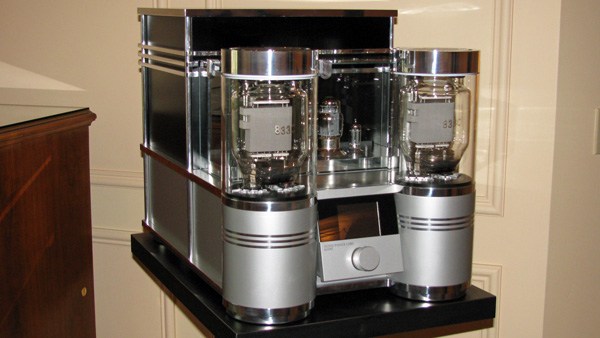
Parasound's Halo JC 3 phono preamp
Parasound's Halo JC 3 phono preamp
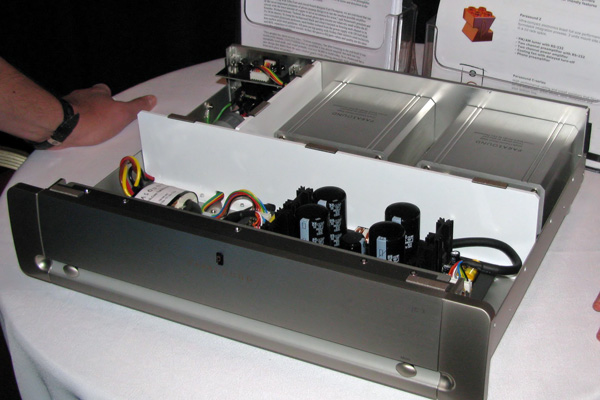
- Read more about Parasound's Halo JC 3 phono preamp
- Log in or register to post comments
Sony reenters the high-end speaker market
Sony reenters the high-end speaker market

- Read more about Sony reenters the high-end speaker market
- Log in or register to post comments
Sonneteer's Morpheus Music Center
Sonneteer's Morpheus Music Center

- Read more about Sonneteer's Morpheus Music Center
- Log in or register to post comments
Echole, Absolare, and Bybee
Echole, Absolare, and Bybee

- Read more about Echole, Absolare, and Bybee
- Log in or register to post comments
Geek-Talk with Beyerdynamic T1 Designer Gunter Weidermann
Geek-Talk with Beyerdynamic T1 Designer Gunter Weidermann
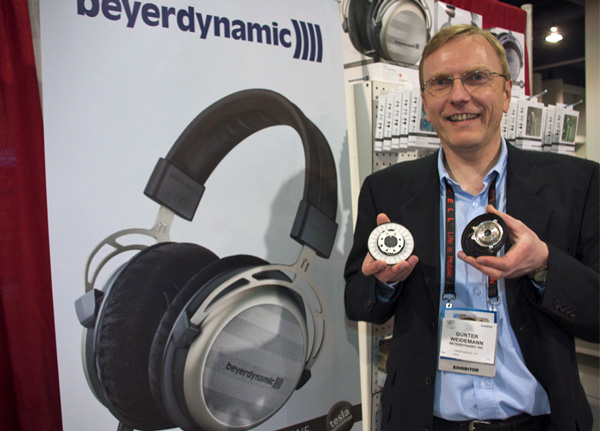
Amphion Turns Down the Volume, Turns Up the Emotion
Amphion Turns Down the Volume, Turns Up the Emotion

- Read more about Amphion Turns Down the Volume, Turns Up the Emotion
- Log in or register to post comments
Stein Music Harmonizers
Forums
- Read more about Stein Music Harmonizers
- Log in or register to post comments
More German Horns: the Avantgarde Duo Grosso
More German Horns: the Avantgarde Duo Grosso
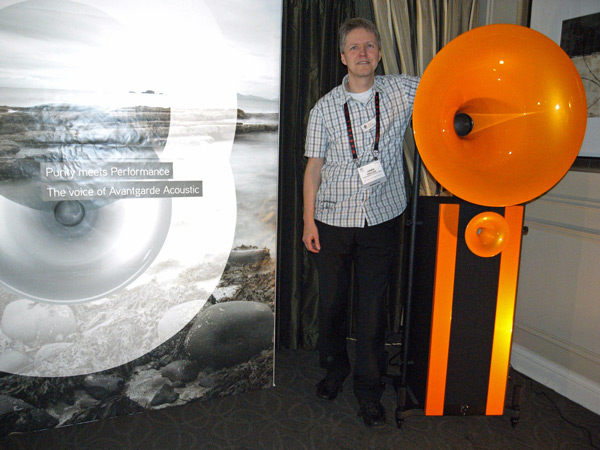
- Read more about More German Horns: the Avantgarde Duo Grosso
- Log in or register to post comments

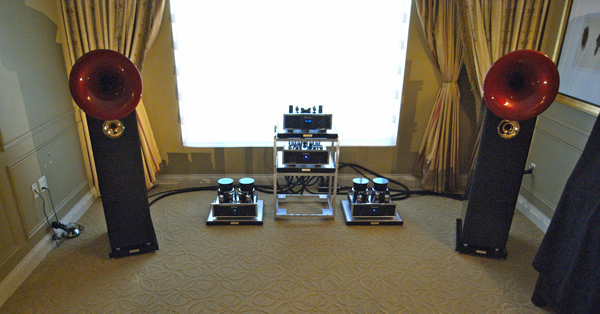
Thanks to Jason Victor Serinus for coverage of the Stein Music Harmonizers. One of the more interesting audio devices to come along in a while.
Geoff Kait
Machina Dynamica
Advanced Audio Concepts